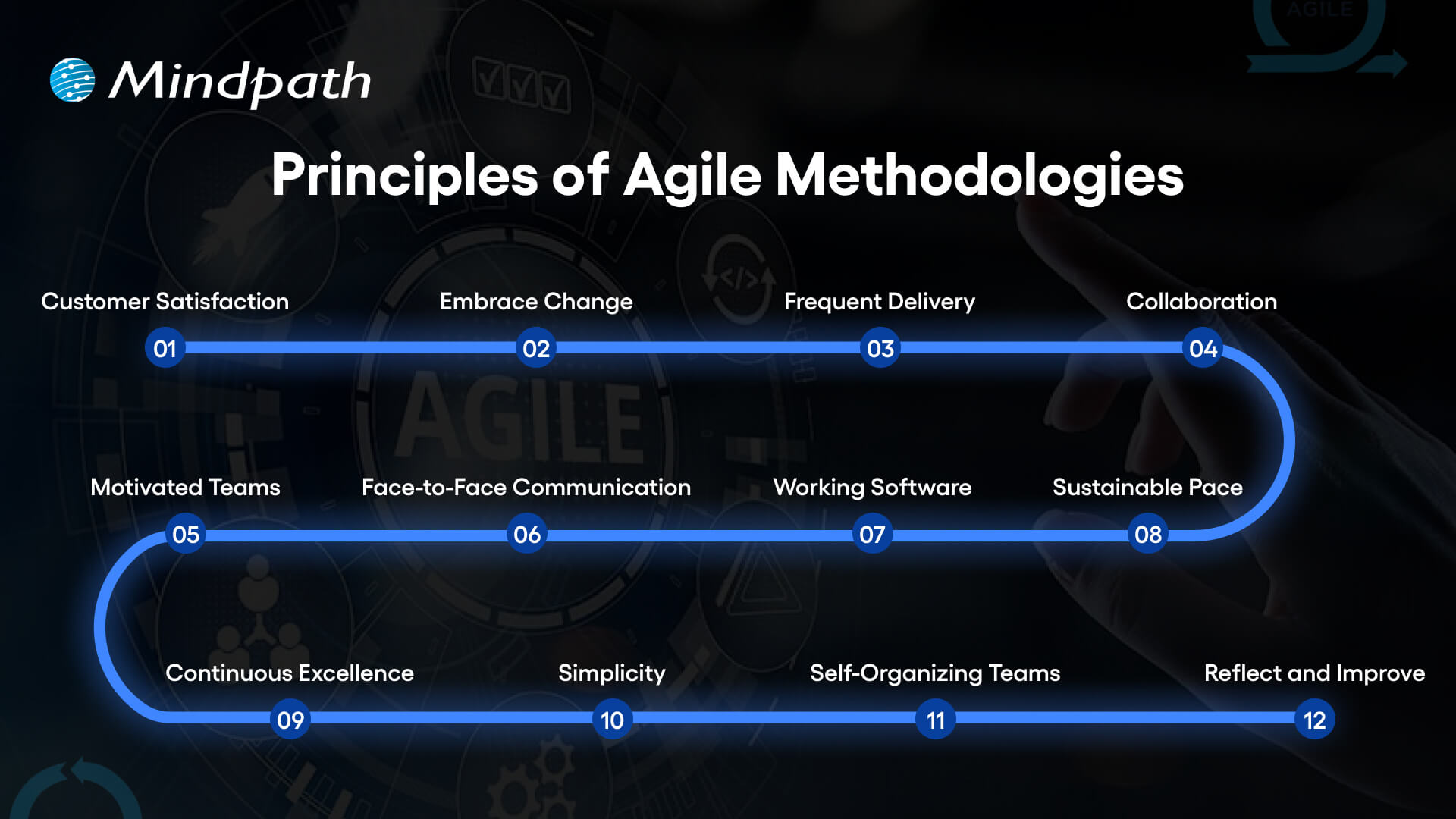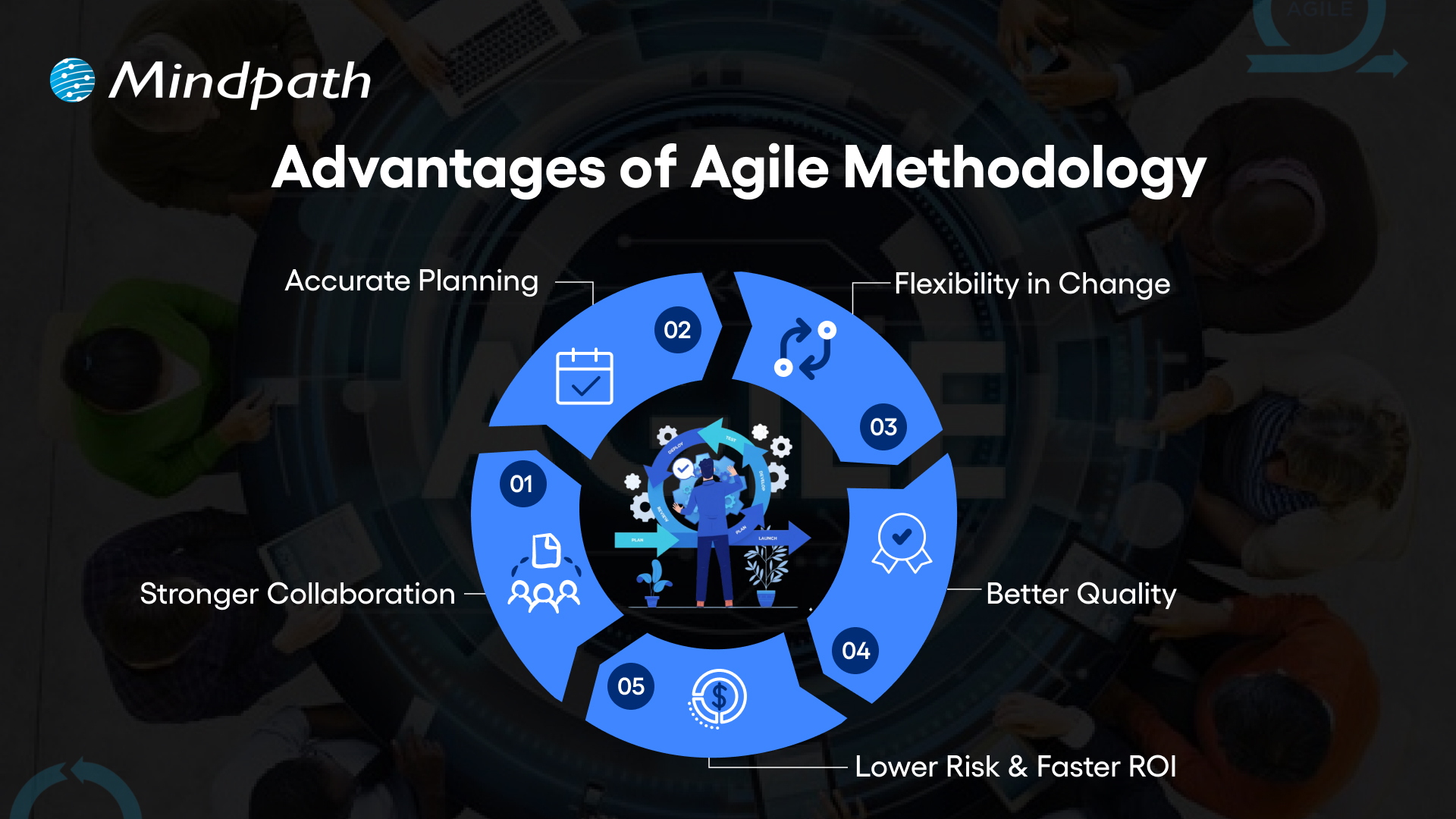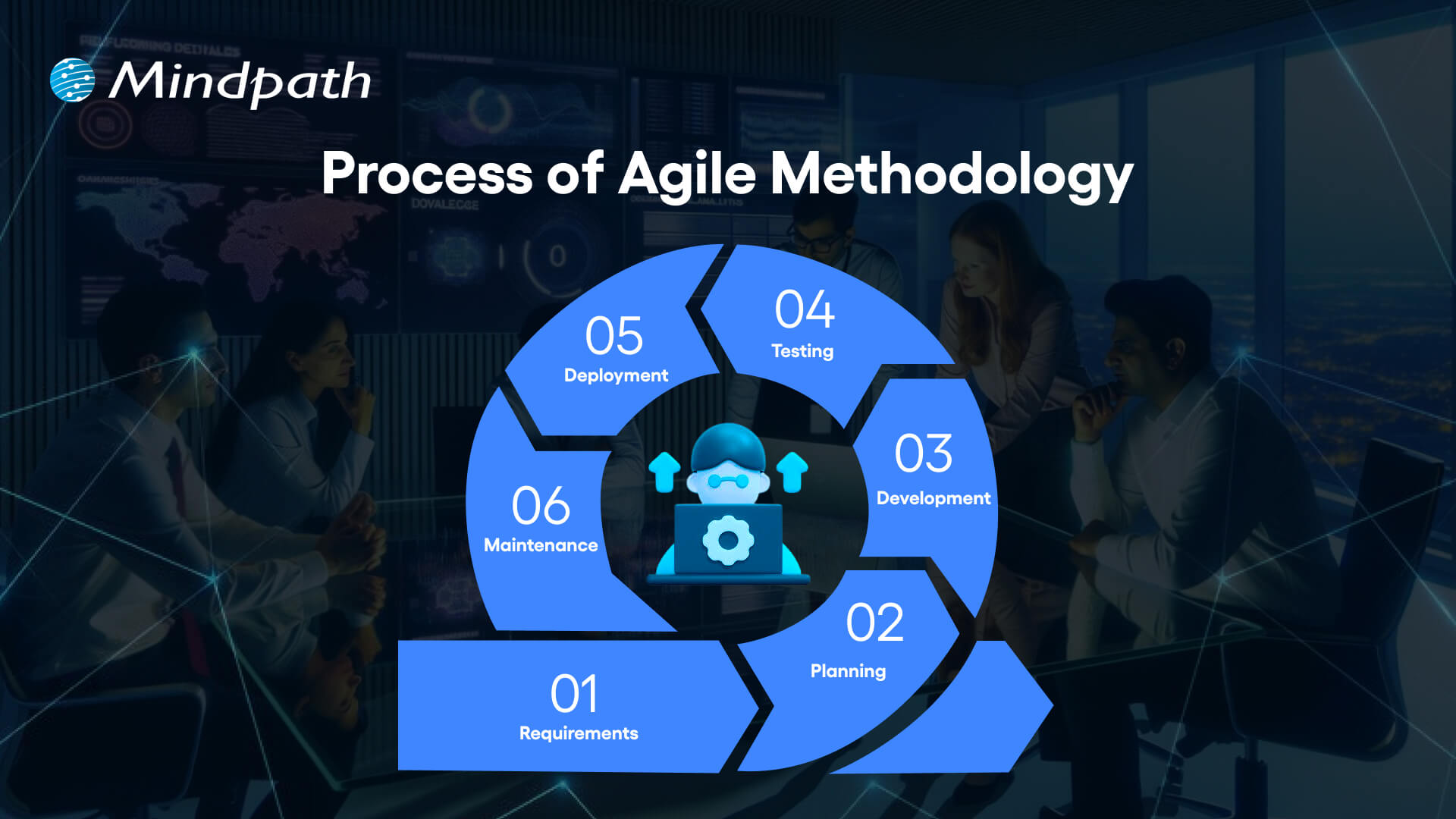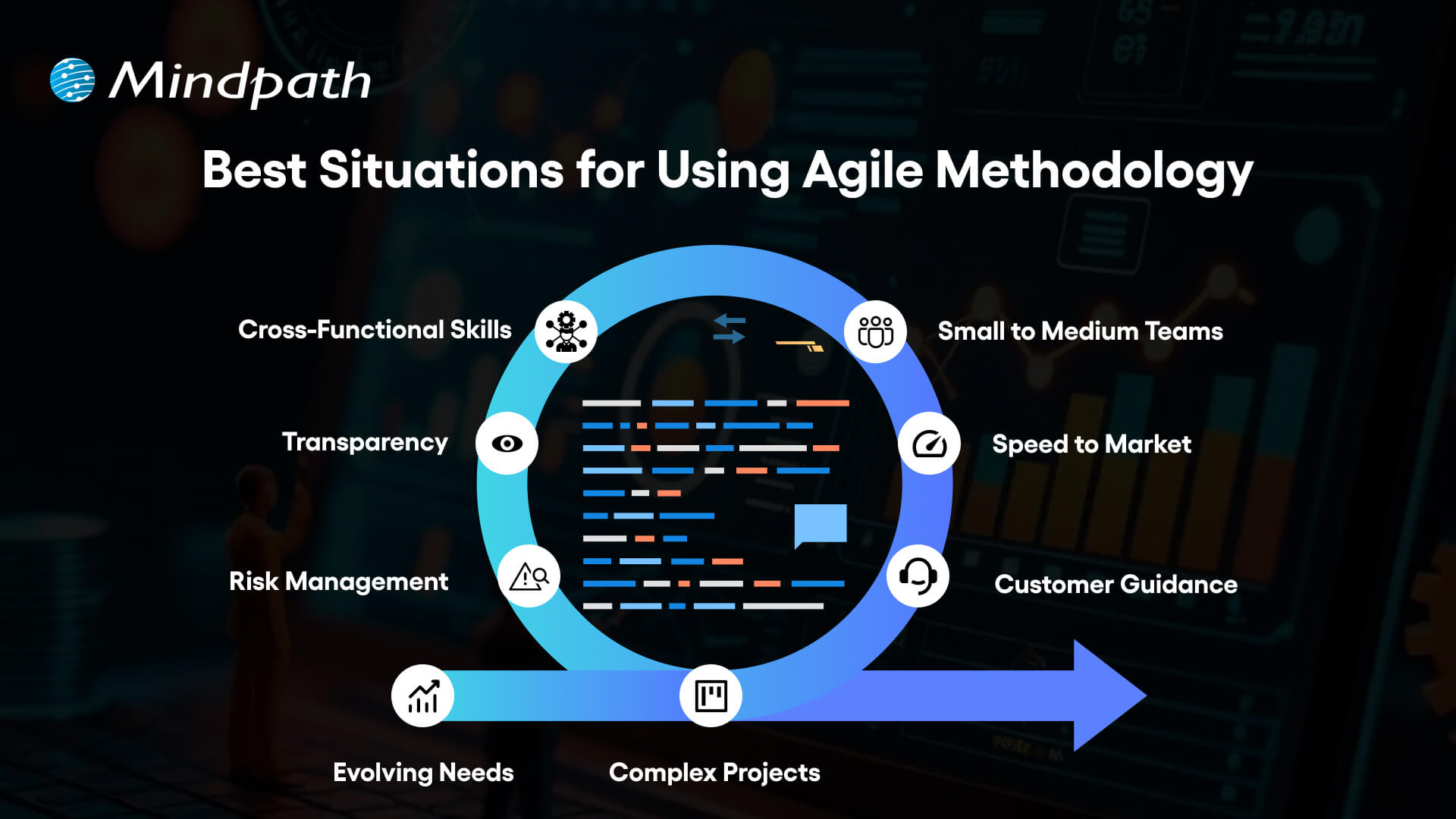Have you ever wondered how artificial intelligence is transforming market research? With the rise of generative AI, companies are now able to gain deeper insights, faster and more accurately than ever before. But what does this mean for the future of market research? Is AI the key to unlocking new opportunities and strategies? In this blog, we will explore how generative AI is changing the way businesses understand and respond to market trends.
Generative artificial intelligence (generative AI) is a form of AI capable of producing new content and ideas, such as conversations, stories, images, videos, and music. AI technologies aim to replicate human intelligence in nontraditional computer tasks such as image identification, natural language processing (NLP), and translation. Generative AI represents the next phase in artificial intelligence. You can teach it to understand human language, programming languages, art, chemistry, biology, or any other complicated topic. It leverages previously trained data to tackle new issues. For example, it can acquire English vocabulary and compose a poem using the words it processes. Your organization can utilize generative AI for a variety of applications, including chatbots, media production, and product development and design.
Generative AI is becoming increasingly important in market research, changing how organizations collect and evaluate data. By swiftly analyzing enormous amounts of information and creating fresh insights, generative AI enables researchers to discover patterns, forecast customer behaviors, and make more accurate data-driven choices. This technology goes beyond traditional approaches, allowing businesses to remain ahead of quickly changing markets and adapt more accurately to client wants, making it a strong tool for maintaining competitiveness.
Let’s explore how generative AI is Impacting Market Research!
Impact of Generative AI in Market Research
1. Data Management
2. Data Collection
Generative AI is transforming data collecting by making it quicker and more adaptive. Some organizations, such as Qualtrics and QuestionPro, are already using AI techniques to accelerate survey generation, allowing researchers to create surveys targeted to their organization’s unique needs based on previous studies and questionnaires.
Though still in its early stages, generative AI has the potential to completely alter data collecting. For example, AI-powered chat-based surveys can result in more engaging and user-friendly experiences. In the future, data collecting can also take place in virtual locations, such as the metaverse, adding a new level to insight gathering. Furthermore, generative AI improves desk research by providing superior search and summarization capabilities, making it much easier to locate and compress information from vast datasets. This not only saves time but improves the quality of insights gathered. As generative AI continues to develop, it is set to make data collection more efficient, personalized, and innovative.
3. Data Analysis
Generative AI is changing the way academics deal with enormous volumes of unstructured data, such as text, audio, and video. Traditional AI approaches require specialized training data to analyze fresh material, which is not always available, particularly for big or novel investigations. Generative AI can eliminate this requirement, making it easier to analyze and summarize unstructured data quickly.
In qualitative research, generative AI is very useful for tackling scalability and efficiency issues. It allows researchers to sift through massive volumes of consumer reviews, comments, and other unstructured data to find patterns and insights. AI can even undertake sentiment analysis, which can help organizations understand how customers perceive their products or services.
4. Visualizing & Sharing Data
Generative AI is transforming the way insights are presented by making data summaries and narratives quicker and more efficient. Researchers can employ AI-powered technologies like DALL-E to generate visually appealing reports that emphasize crucial results. This implies that insights can be shared more quickly and effectively, allowing decision-makers to grasp the facts with a look. In reporting, generative AI can automatically build visualizations that bring data to life, saving time and improving comprehension. These tools make it easy for teams to rapidly create extensive, visually attractive reports that highlight the most significant findings.
5. Insight Sharing & Synthesis
Generative AI is expected to have the greatest influence on market research by revolutionizing information synthesis. Unlike traditional systems, which just provide a list of reports or extracts, generative AI can analyze enormous volumes of data, find relevant sources, and produce detailed, summarized insights. This allows users of all levels to easily acquire comprehensive, actionable information.
With recent improvements, these AI tools can now link to real-time search results, improving their capacity to provide accurate, up-to-date insights. This simplifies access to information, allowing anybody inside an organization to develop important insights based on their individual requirements, resulting in more personalized and effective decision-making.
AI Development Services at Mindpath
Wrapping Up!
Generative AI is transforming market research by improving data management, collecting, analysis, and visualization. From automating data cleansing to allowing more personalized and inventive data-gathering techniques, generative AI is assisting organizations in making better, data-driven choices faster than ever before. Its capacity to analyze unstructured data, generate visual reports, and synthesize insights enables businesses to stay ahead of industry trends and more effectively meet client requests. Mindpath is thrilled to assist organizations in using the potential of AI to create new possibilities. Our AI development services are intended to provide customized solutions that expedite operations, enhance decision-making, and keep you competitive in today’s rapidly changing industry.
Ready to take your market research to the next level?
Let Mindpath help you unlock the potential of generative AI for smarter, faster decision-making.


















